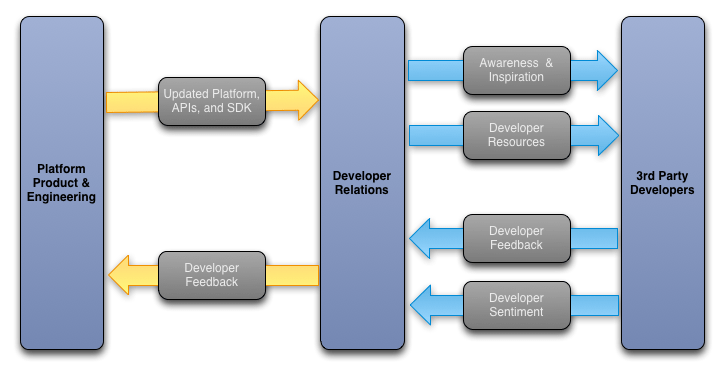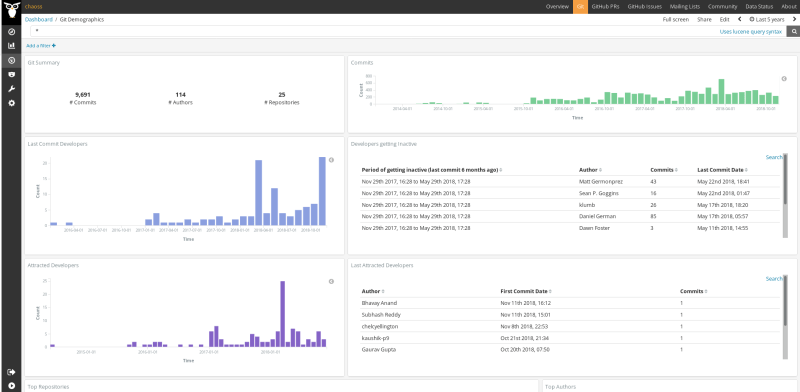A developer relations (AKA DevRel) builds relationships with the developer community and is the linchpin between a company and its community. They are advocates (AKA avocados) in charge of creating healthy ecosystems and attractive open source projects, promote education and are usually involved in social activities such as conferences, developer events or community projects. Developer avocados need to show to the developer community they care about their interests but also show what their company do, while increasing talent acquisition.

This hard work is even more complicated, as they need to prove to the company that the investment is worthwhile. Thus, how can DevRels show the real value that comes from their teams? How can they measure success? Here is when you need to think about measuring software development processes, activities and community.
What’s the point of measuring software development activity and community?
If you measure activity, you can easily see if your project is growing or not, and this has a direct impact on your community health and the value that your team is actually contributing (a community that is not engaged with the project, is a dead community).
We can measure activity by analyzing the different tools normally used in a project such as GitHub, Stackoverflow, Slack, Gerrit, Git or even mailing lists. Some examples are:
Total commits, issues and pull requests

Incremental activity of commits, issues and pull requests and total number of newcomers in a project

Percentage of activity developed by each developer (or organization)

Number or core, regular and casual developers per quarter

How important is to measure software development processes?
In previous posts, we talked about how important was for data-driven companies to analyze software development processes. Today, I will focus more on software development processes from a developer relations approach.
A developer relations needs to listen to their community and also make sure things are getting done. By measuring software development processes, a DevRel will be able to know much better what things are getting done and identify bottlenecks in the whole software development processes.
We can measure, for instance if the period of time a developer submits code to be reviewed is high. If does, maybe those developers might need extra training or mentorship programs to get a better understanding of processes. On the other hand, if the time to review code is high, maybe the work for the reviewer is too much and needs more people involved in the reviewing process.

To sum up…
When looking for ways to measure developer relations success, you need to measure that you’re contributing to your company, as well as measuring that you’re contributing to your community, taking into account not only quantitative information, but also qualitative one to get an overall view of your developer relations’ efforts.
At Bitergia, we provide a set of panels for measuring community dynamics and software development processes. If you want to know more about Bitergia analytics solution for developer relations and/or community managers, just contact us!









